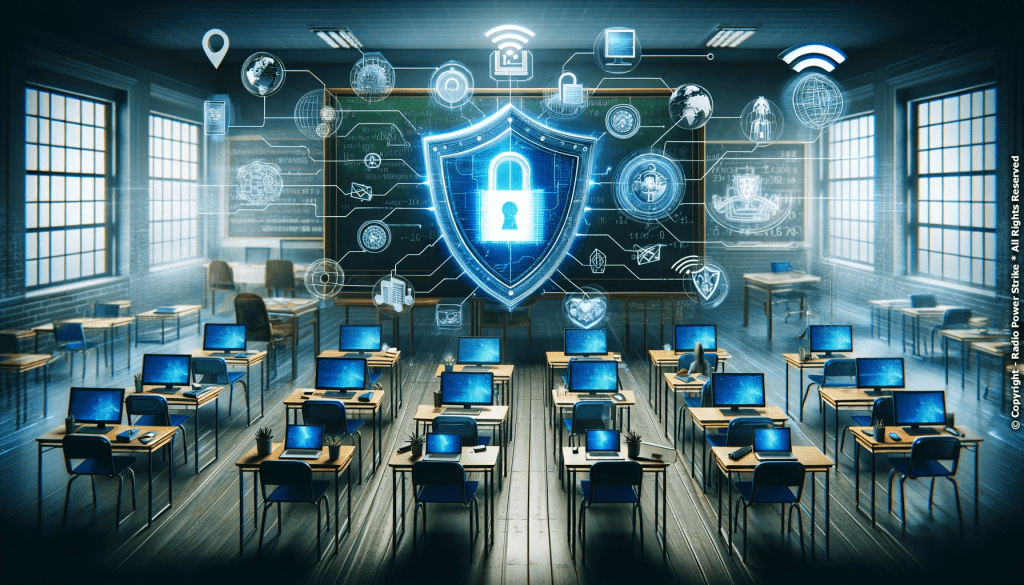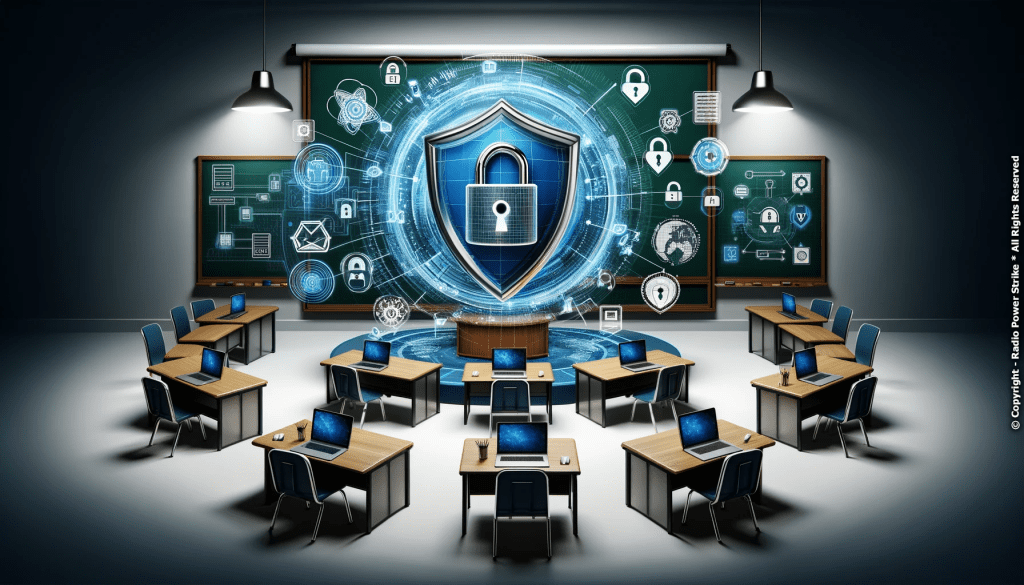Cyber Security in the Education Sector: Protecting Schools and Universities
Defending Educational Institutions: Ensuring a Safe Digital Learning Environment

As educational institutions increasingly incorporate digital tools in their learning environments, the significance of Cyber Security in schools and universities has never been more crucial. Protecting these establishments from cyber threats is imperative for ensuring the safety of students and the integrity of the educational process.
Safeguarding Student Data
The protection of student data is paramount. Schools and universities hold sensitive information, making them attractive targets for cybercriminals. Efficient Cyber Security measures are essential in safeguarding this data from unauthorized access and breaches.
For example, the Clark County School District in Nevada suffered a ransomware attack in 2020, leading to the exposure of student data. Such incidents underscore the need for robust Cyber Security protocols to protect student information from being compromised.
Investing in advanced Cyber Security solutions and practices is imperative for educational institutions to secure student data effectively, preventing it from falling into the wrong hands and maintaining the privacy and trust of students and their families.
Ensuring Safe Online Learning

With the rise of online learning, ensuring a secure virtual environment for students and educators is vital. Educational institutions must implement Cyber Security measures that protect against malware, phishing, and other online threats.
Schools like the Fairfax County Public Schools in Virginia, which experienced a cyber attack in 2020, demonstrate the need for secure online learning platforms. The attack disrupted virtual classes, impacting students and teachers alike.
Educational institutions must be vigilant and proactive in securing their online learning platforms, providing safe and uninterrupted access to digital education for all students while fostering a culture of digital responsibility and awareness among users.
Protecting Institutional Resources
Educational institutions possess valuable digital resources and intellectual property that require protection. Cyber Security plays a crucial role in defending these assets from theft, sabotage, or ransomware attacks.
In 2018, the UK’s Northumbria University experienced significant disruption due to a cyber attack, affecting its networks and systems. This incident highlights the importance of securing institutional resources to ensure the smooth operation of educational services and the preservation of valuable intellectual assets.
Through the implementation of stringent Cyber Security measures, schools and universities can effectively safeguard their digital resources, ensuring that the academic community has secure and reliable access to the tools and information they need.
Enhancing Crisis Response and Recovery
A robust Cyber Security framework in educational institutions should include effective crisis response and recovery plans. These measures are vital for promptly addressing and mitigating the impacts of any cyber incidents that may occur.
For instance, the University of California, San Francisco, efficiently responded to a ransomware attack in 2020 by isolating the affected systems and restoring services from backups. This rapid response minimized damage and preserved the integrity of the institution’s digital environment.
Incorporating comprehensive crisis response and recovery strategies enhances the resilience of educational institutions against cyber threats, allowing them to quickly recover and resume normal operations following an attack while minimizing disruption and loss.

In a world deeply entrenched in digitalization, the sanctity of educational environments is contingent upon the strength and effectiveness of their Cyber Security measures. As schools and universities navigate the intricate digital landscape, prioritizing Cyber Security is not just a technical necessity but a commitment to fostering a safe, secure, and conducive learning atmosphere for the academic community at large. Through diligent protection efforts, educational institutions stand as bastions of knowledge, shielded and secure, ready to nurture the minds of the future within their digital and physical walls.

Comments are closed, but trackbacks and pingbacks are open.